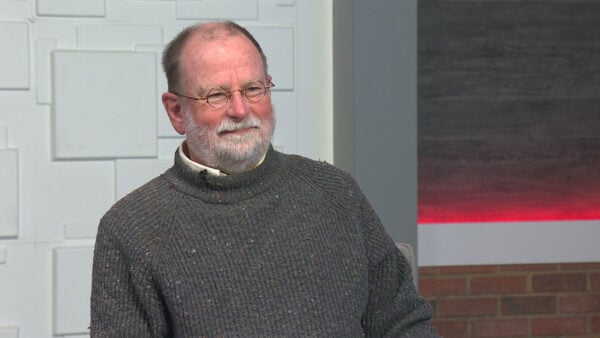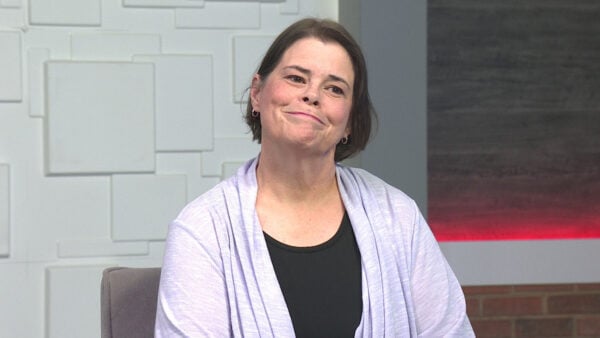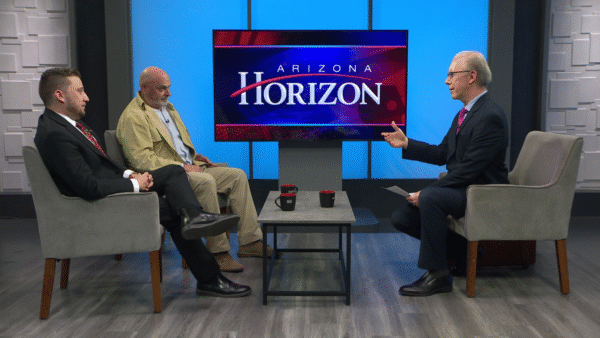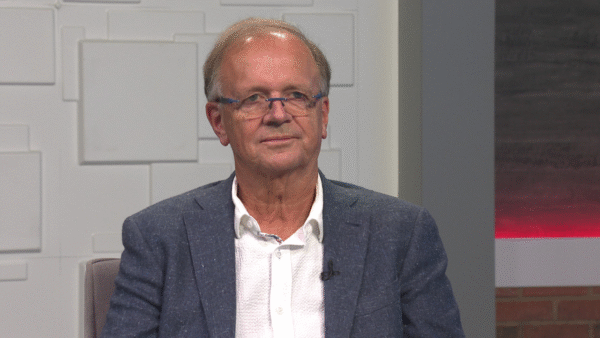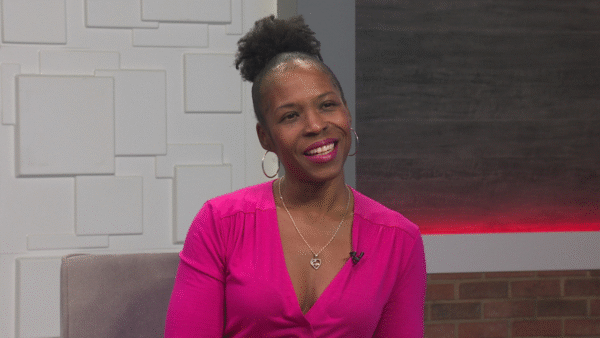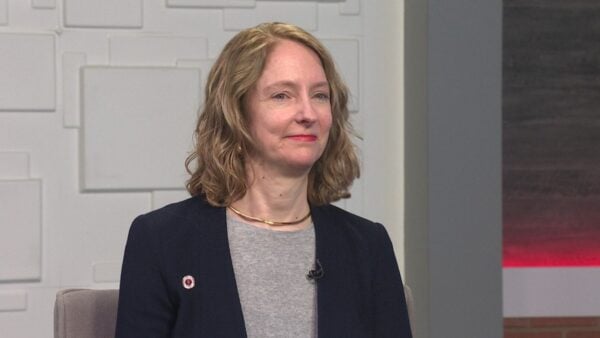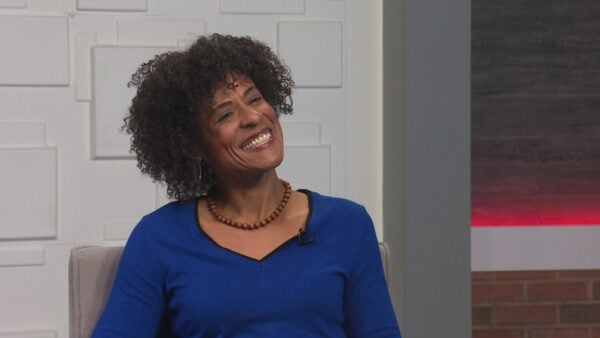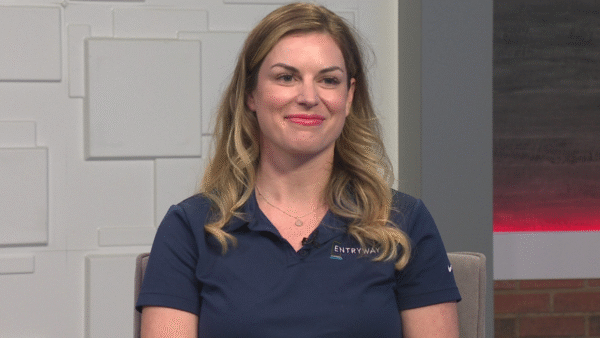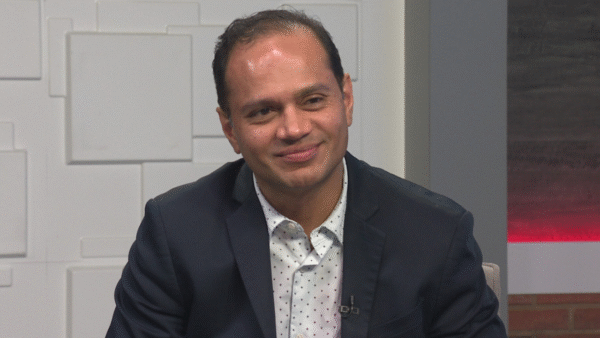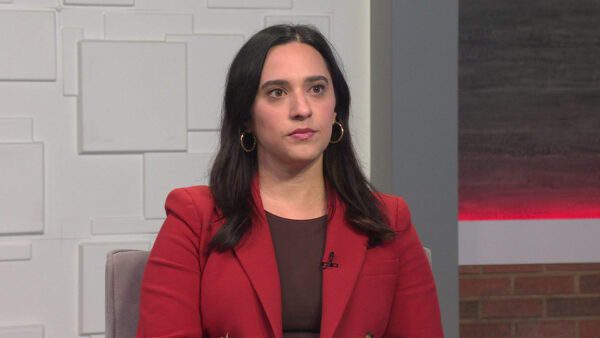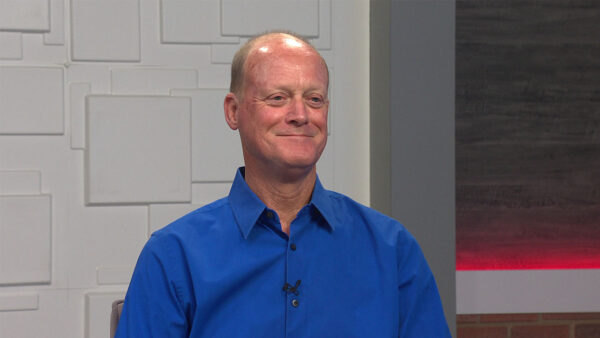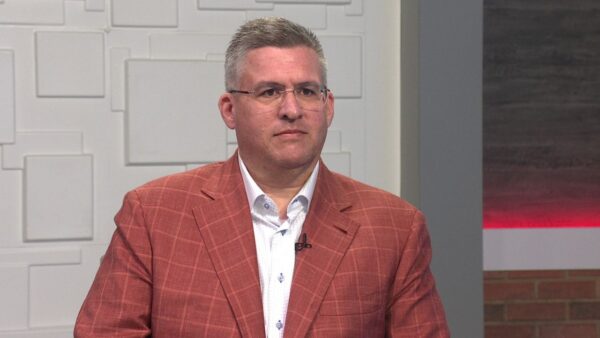Dana Wolfe Naimark, President and CEO of Children’s Action Alliance, discusses the 2012 KIDS COUNT report from the Annie E. Casey Foundation that ranks Arizona in the bottom 5 states for child well-being.
Ted Simons: The 2012 kids count report from the Annie E. Casey shows Arizona ranks 46th overall in terms of the well-being of children. Here to talk about the report is Dana Wolfe Naimark, president and CEO of children's action alliance. Always good to see you. Thanks for joining us. What is kids count data?
Dana Wolfe Naimark: This is an annual report published by the Casey Foundation that measures data that you, compare apples to apples across the states about conditions for kids. And it also gives the states a ranking to see where you are compared to other states around the country.
Ted Simons: What kind of criteria are we looking at here?
Dana Wolfe Naimark: There are 16 indicators. It's everything from percent of children living in poverty, to percent of young children participating in preschool, to single-parent families. So it's a whole range of indicators all the way from birth through high school graduation.
Ted Simons: It sounds like if you could make four big rubrics, economic well-being, education, health, and family and community. Kind of the biggies, there, correct?
Dana Wolfe Naimark: Correct. And in three of those biggies we rank 46th, and in health we rank 36th.
Ted Simons: 46 overall I guess.
Dana Wolfe Naimark: Right.
Ted Simons: What does that mean? What -- 36 sounds not so great, 46 sounds really not so great. But what does that -- the critics of these metrics, these studies say the metrics will indicate 46 is not that different from 6.
Dana Wolfe Naimark: That's true in some of the indicators. But in others, there's a big difference. So for us if you look at fourth graders who are less than proficient in reading, there's a big difference. We're at 74%, almost three-quarters, the U.S. average is 64%. The states that are better than average are better than that. So there is a significant difference. These numbers really do tell us something important about children's lives and futures here.
Ted Simons: How is the data collected, how is it analyzed to get these -- the results and moving the results on to rankings?
Dana Wolfe Naimark: The data is from a variety of sources, including the U.S. census. Some other federal agencies. The Casey Foundation has updated this, they've picked new indicators because they want the most up-to-date information and they specifically look at data where you can compare across states. So it doesn't include data from our own state agencies, because every state collects that kind of thing differently. So it's data that's collected at a national level.
Ted Simons: OK. So conditions worsened in seven of 16 conditions? Teen birthrate and child death rate seemed time prove, what's going on there?
Dana Wolfe Naimark: Those did improve, our rate improved and our ranking. So those are bright spots in this report. I think with birth-to-teens F. we think about the last five years, seven years, we've had a concerted effort in our communities to focus on that. So everything from parents, to schools, to after-school programs, to cities and communities, we worked on that together to encouraging teens to make responsible decisions, to give them ways to have goals, and we're seeing the results of that.
Ted Simons: How much does funding particular efforts and particular -- the focus onsetter conditions with money, how much does that play into these rankings?
Dana Wolfe Naimark: Funding very directly affects some of the rankings. One example is participation in preschools, which is our worst ranking, we're 49th in the country. We know we've had dramatic cuts, $80 million cuts in child care assistance in this state in the last three years. That has an impact on those numbers. Other states have actually been expanding access to preschool. We've contracted that quite a bit. So there's a very direct relationship there.
Ted Simons: And I know the folks watching this, if we had someone else from -- looking at these numbers and hearing that about funding would say the state simply can't afford the kind of funding that would bump us up in the rankings, and maybe give a better overview. How would you respond?
Dana Wolfe Naimark: We know that every year, and for the long term, we have decisions about our priorities for our budget. Both on the tax side and the spending side. So it's a question of where are we putting priorities? And that has not been for children in the past few years. That's what we're seeing in this data. We absolutely can afford different decisions, it all depends how we dot trade-off and what we're looking at, including what we do with tax cuts, what we do with how we spend the money that we collect.
Ted Simons: Folks who look at tax cuts and say that's an economic engine, that's an economic boost, and that would raise all boats, including some of these rankings, they would say yes, there was a choice, but the choice is to get this economy back and up going so that we can spill some over and help some of these kids and take care of some of these numbers. How do you respond?
Dana Wolfe Naimark: These rankings are very much linked to our competitiveness as a state and to our future economy and prosperity. So if we ignore these rankings and only look at our tax rankings, we're doing ourselves a great disservice. And we're at risk of falling farther behind. We won't get the economy that we want. If you don't pay attention to fourth graders who can't read, you're not going to have the work force who can fill the 21st century jobs that we want to compete for. It simply can't happen.
Ted Simons: Are there states out there that once were ranked in the 40s that are now moved up big-time, or is this somewhat stable year after year? Or whenever this particular report is done?
Dana Wolfe Naimark: There's been a little regional shift, unfortunately to our discredit, so it used to be the Southeast was always at the bottom five. Now we have a mixture of southeastern states and southwestern states in the bottom five. So some of the southeastern states have moved themselves up in the rankings.
Ted Simons: Last question, what good are these rankings? Do they have any impact? Those who have their hands and control the purse strings, are they listening, can they do anything about it?
Dana Wolfe Naimark: They can absolutely do something about it. These rankings, the meaning of them is how we respond. If it causes us to pay attention and redouble our efforts for action and to work together, and really what we're talking about is leadership. So we want every candidate who's running for the legislature all across this state who wants to represent us, we want them to say, what will they do to improve children's education? What do they support for children's health care? And if we focus on it and keep kids front and center, we absolutely can move up.
Ted Simons: Dana, good to have you here. Thanks for joining us.
Dana Wolfe Naimark: Thanks.
Dana Wolfe Naimark:President and CEO, Children's Action Alliance;









